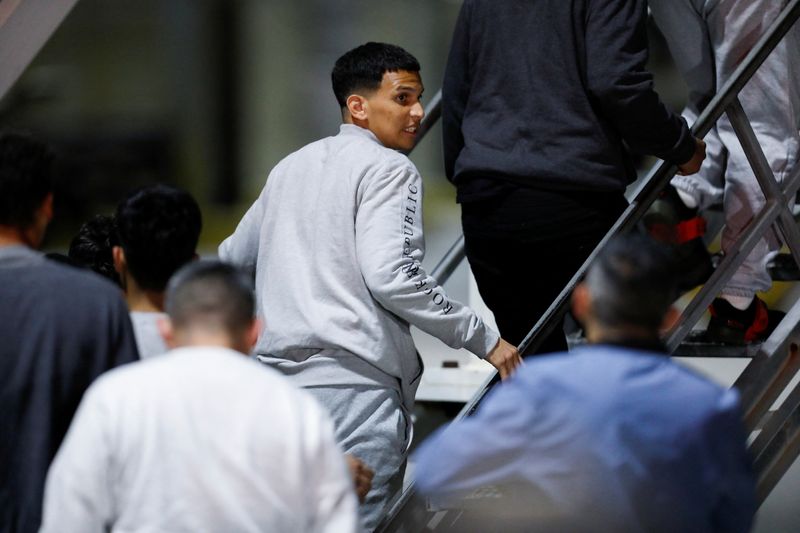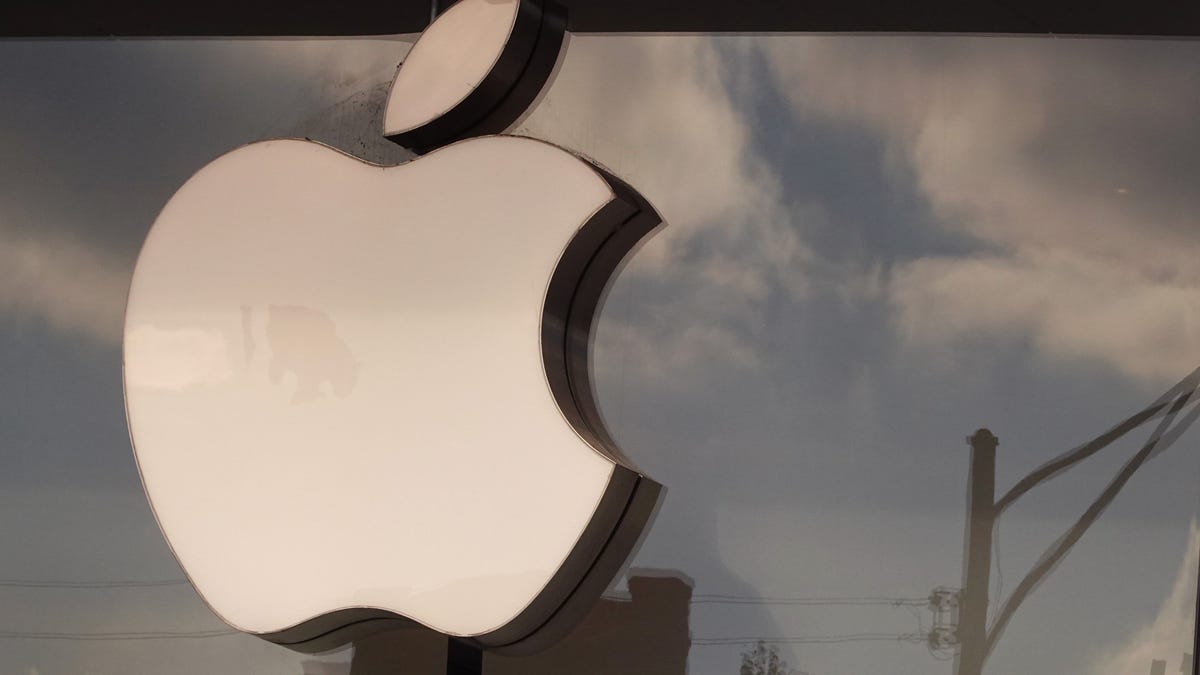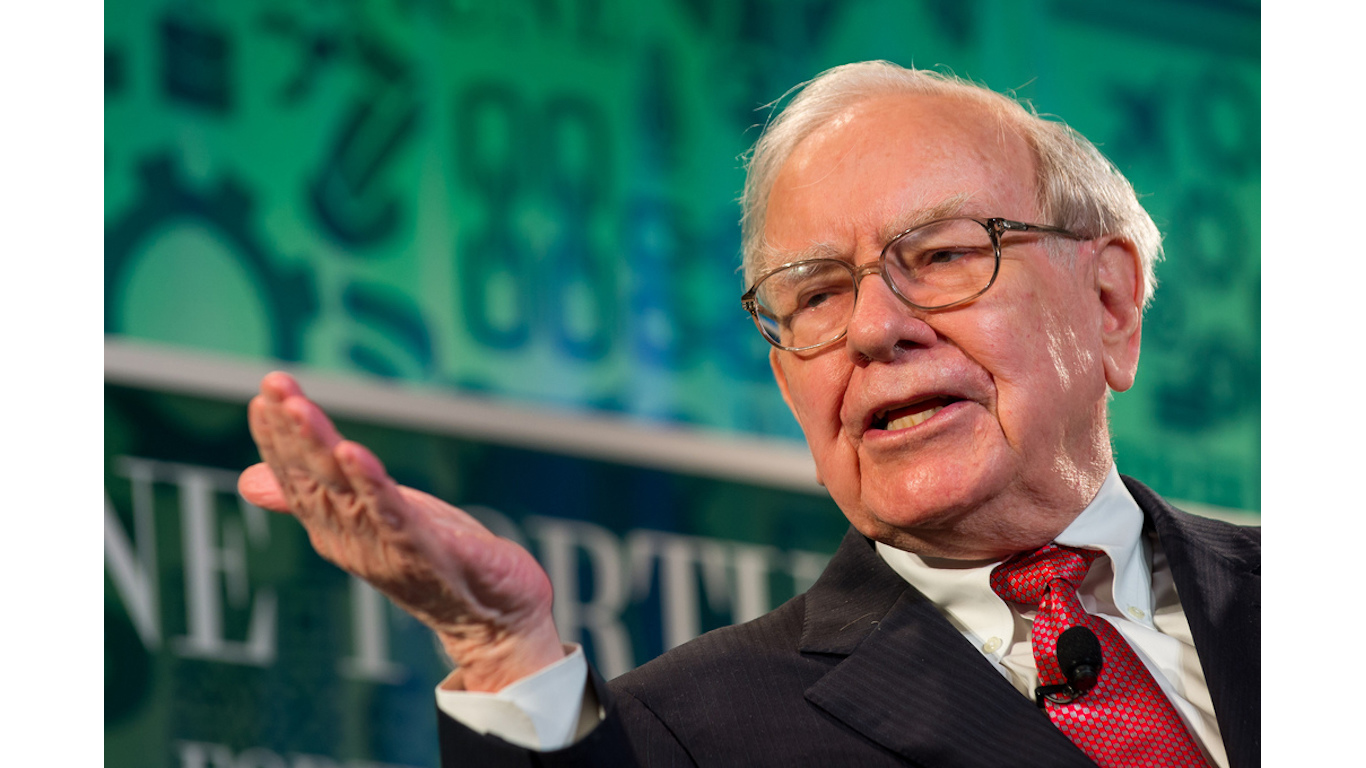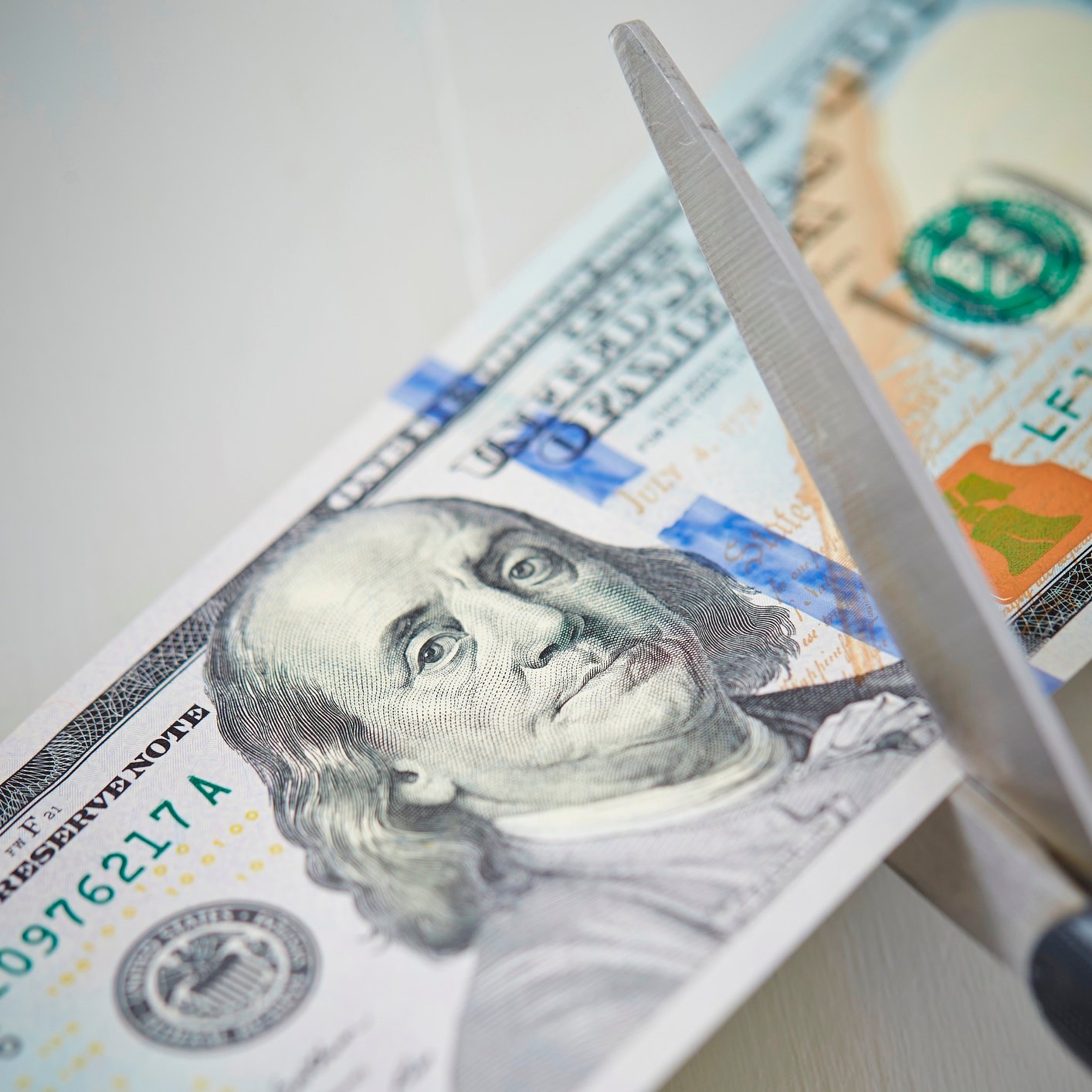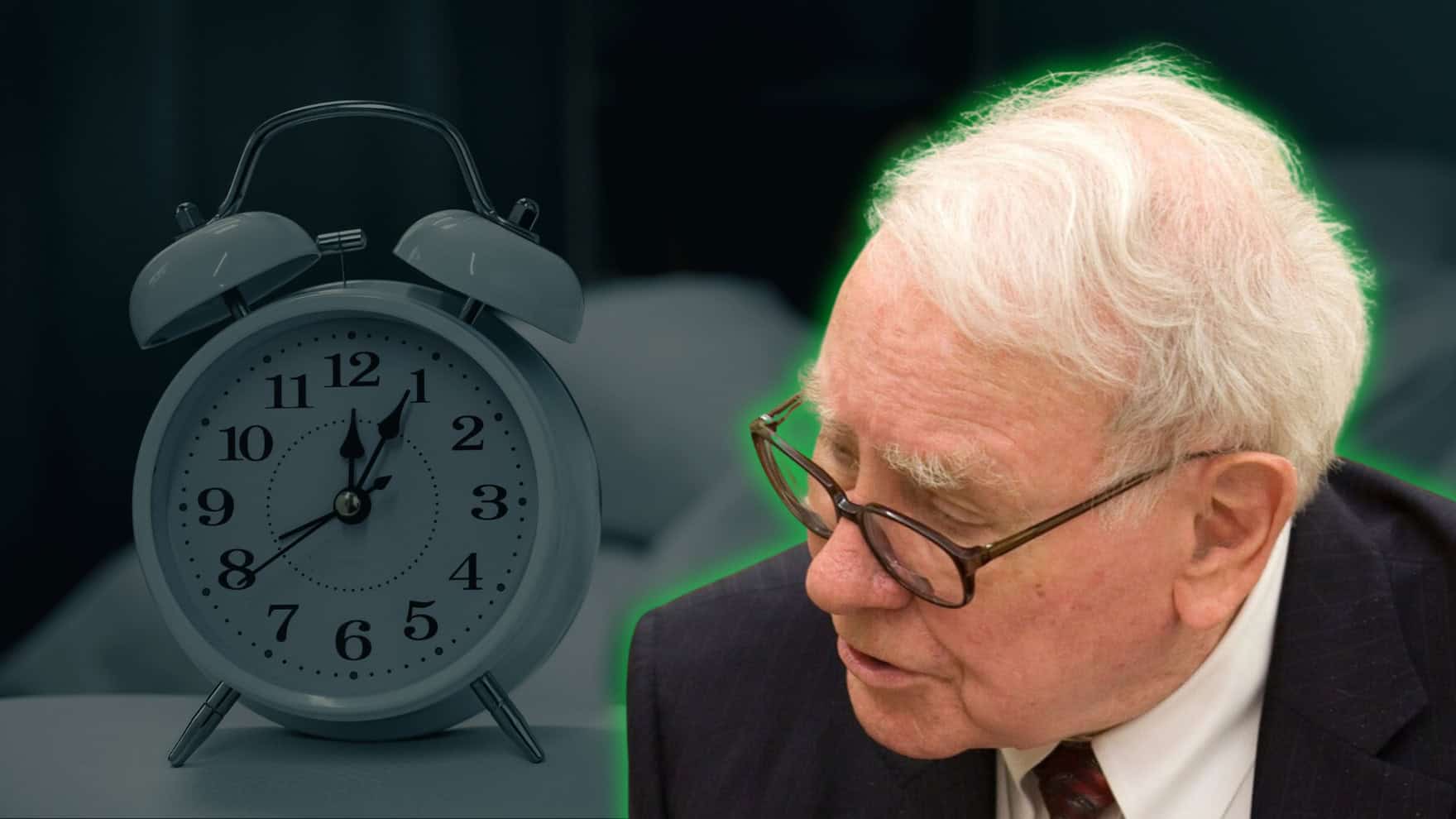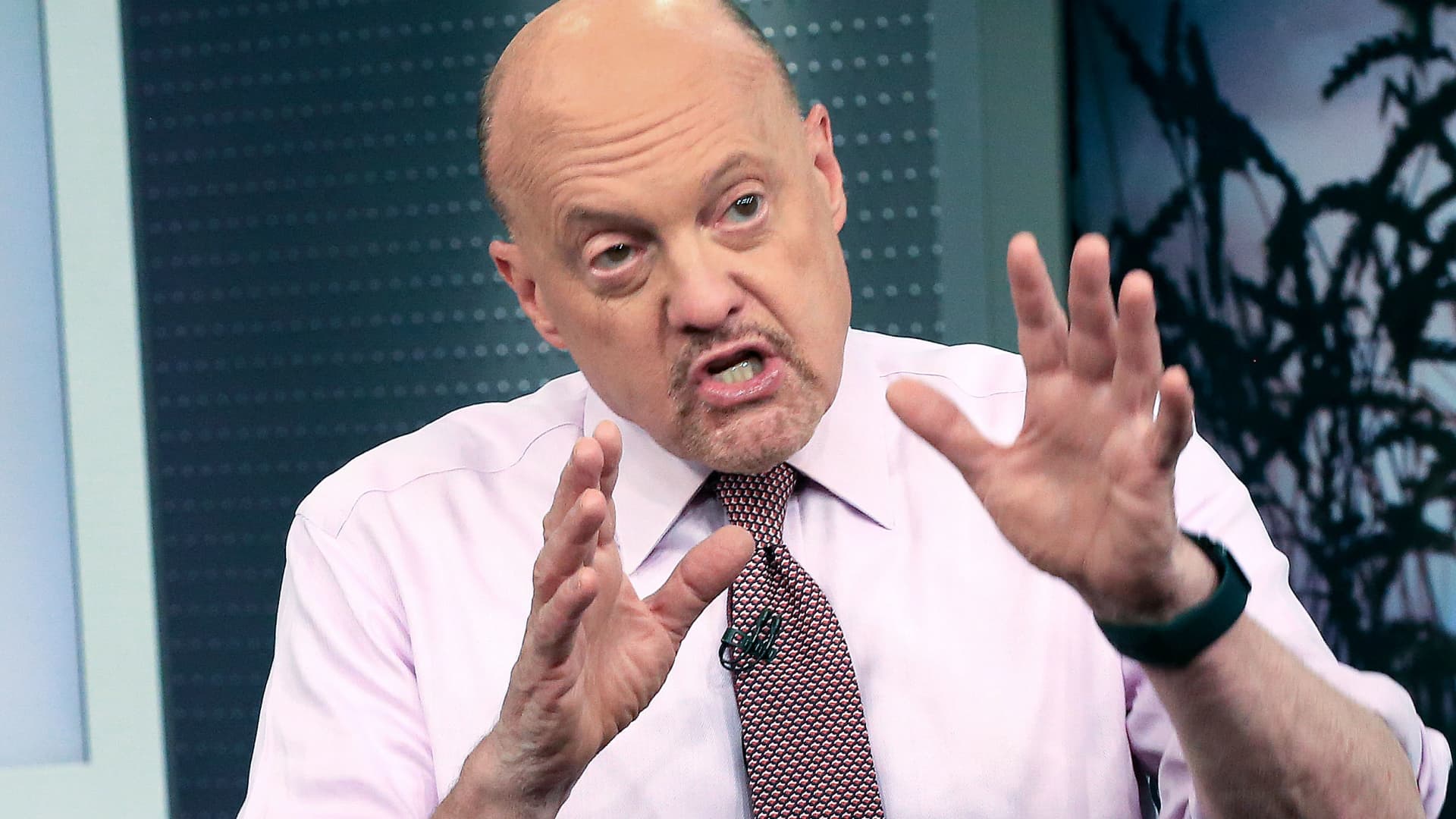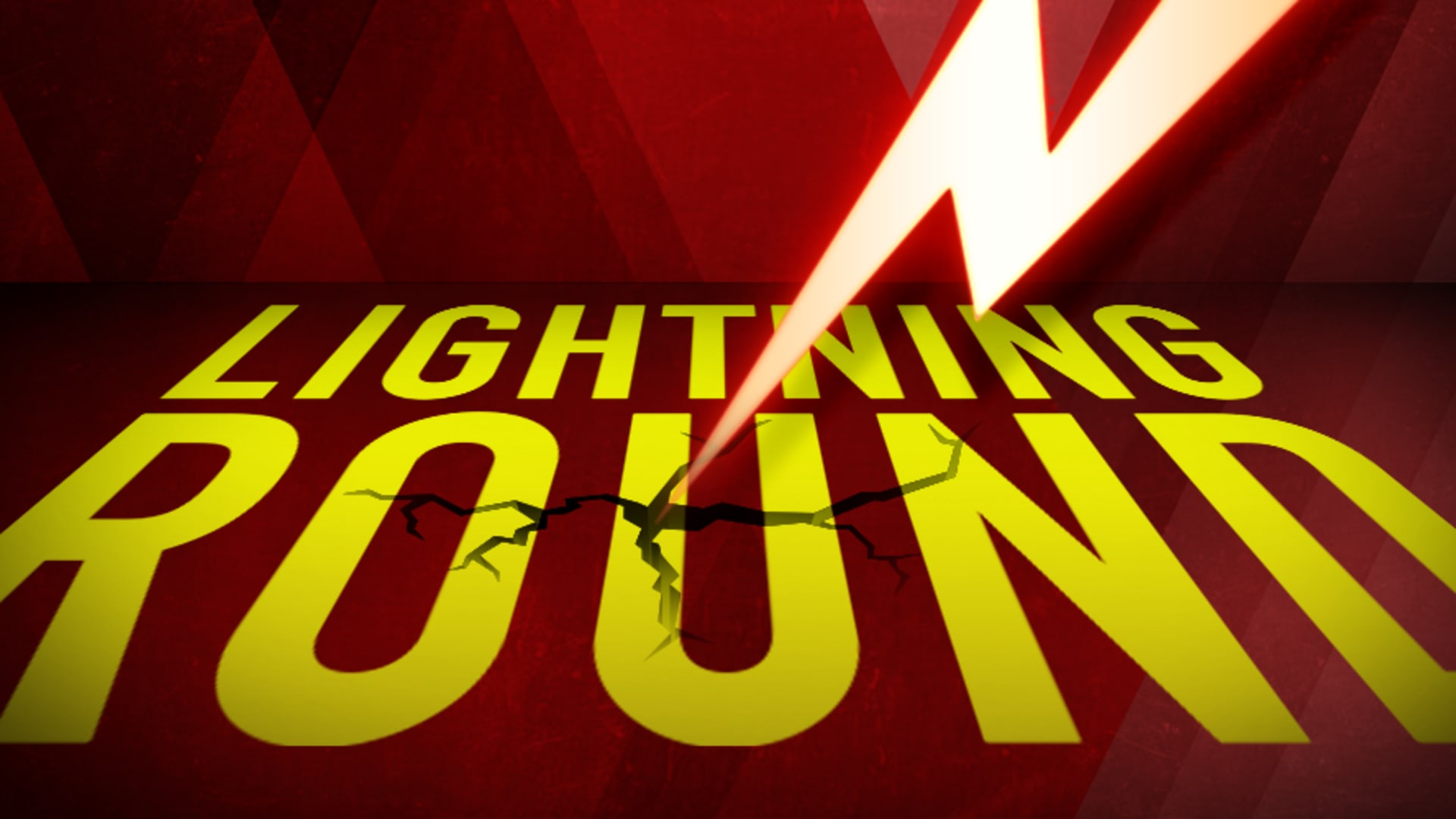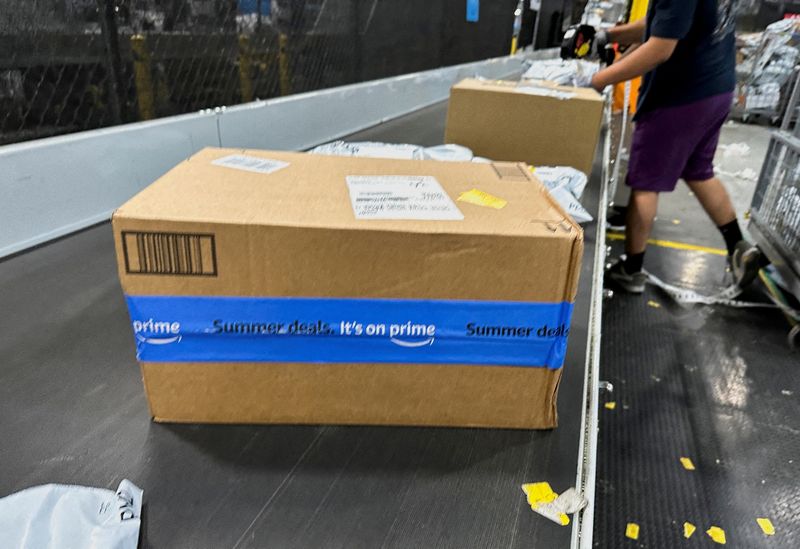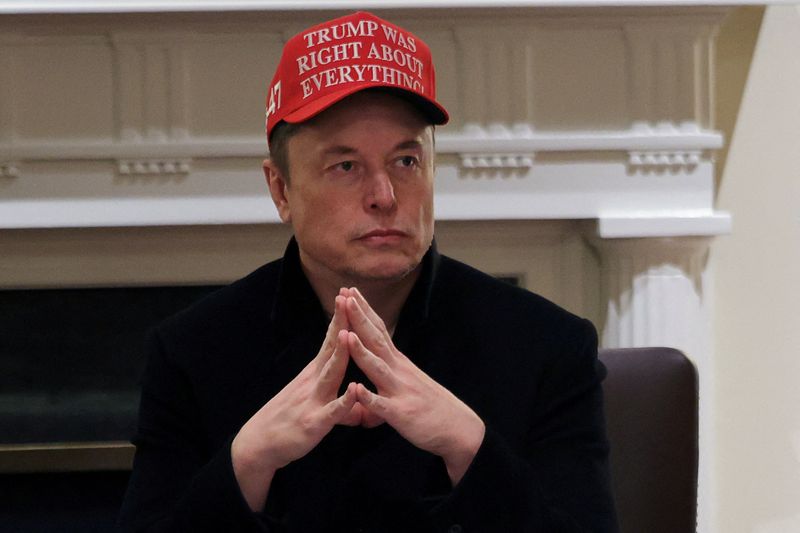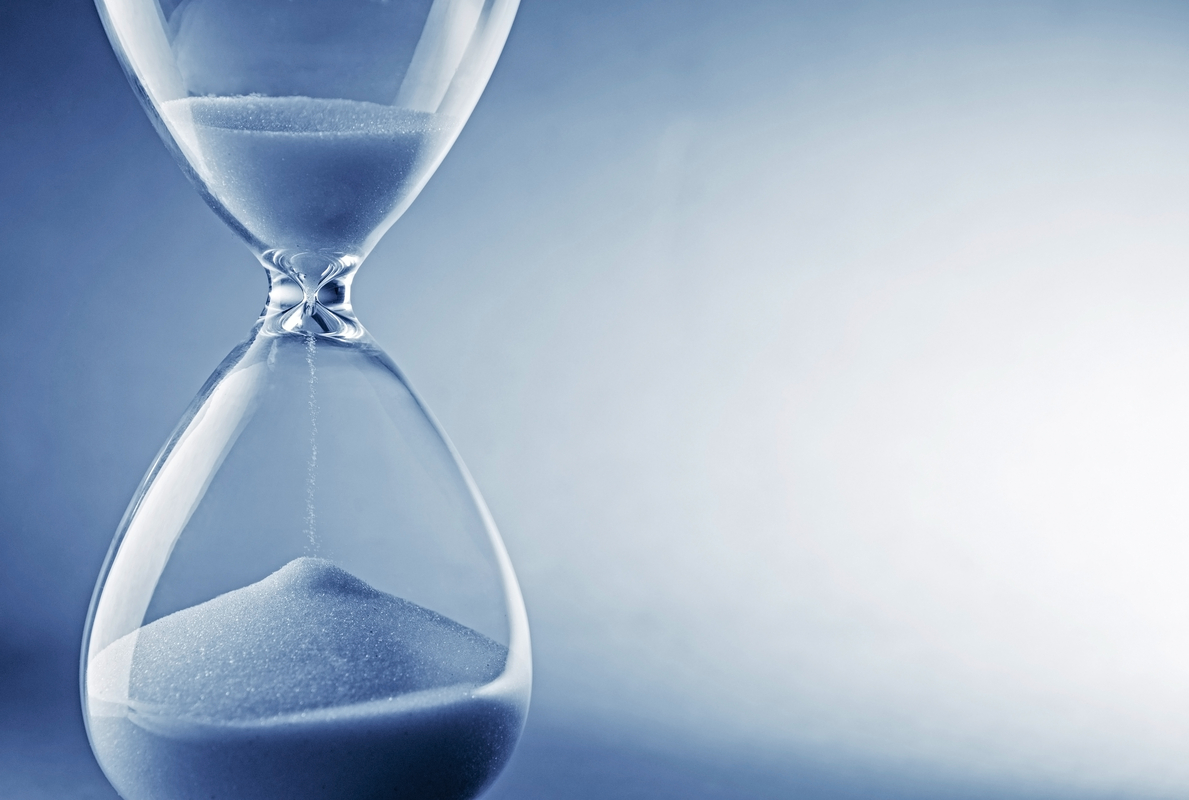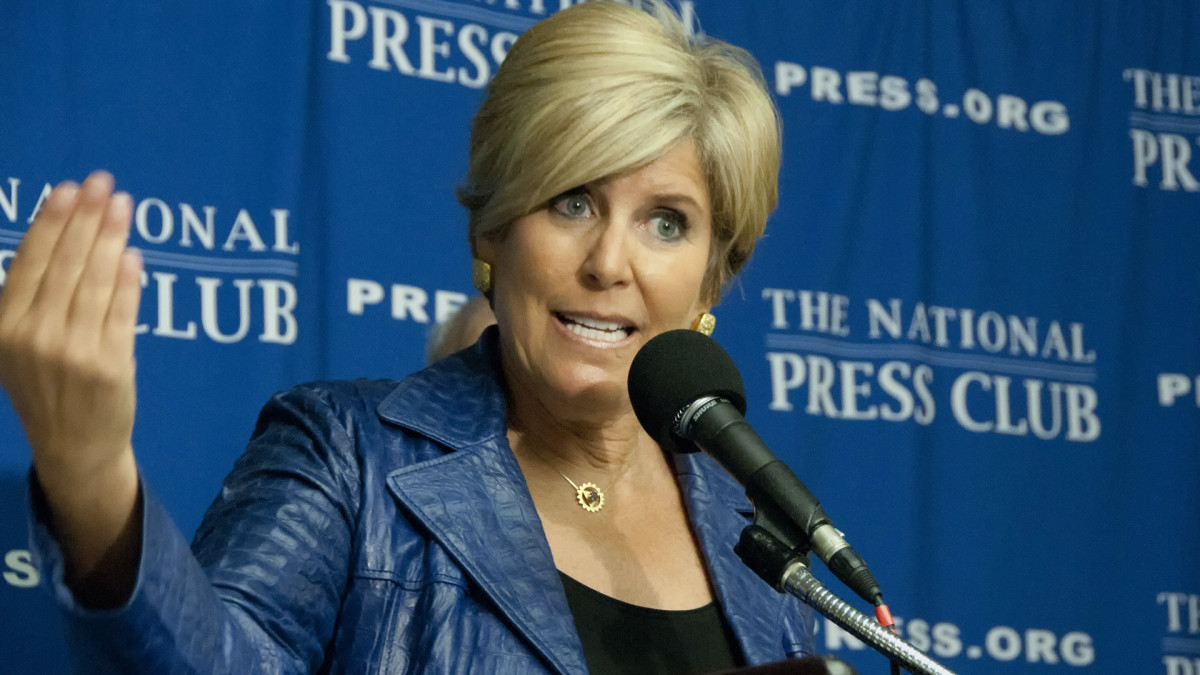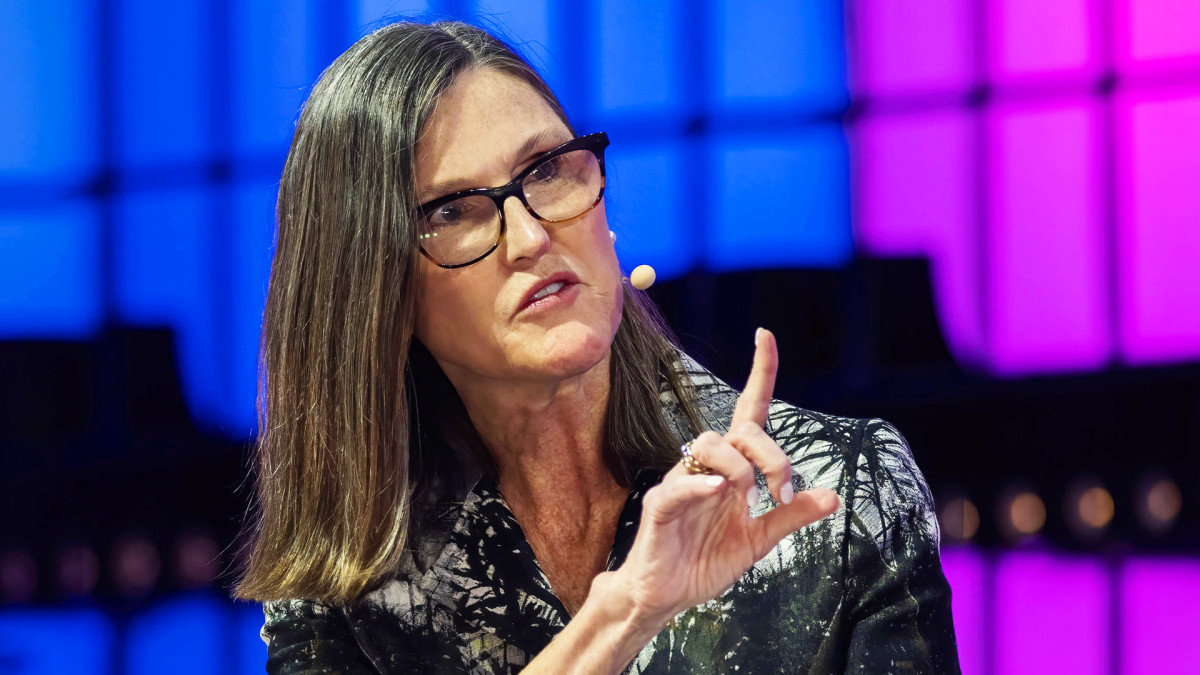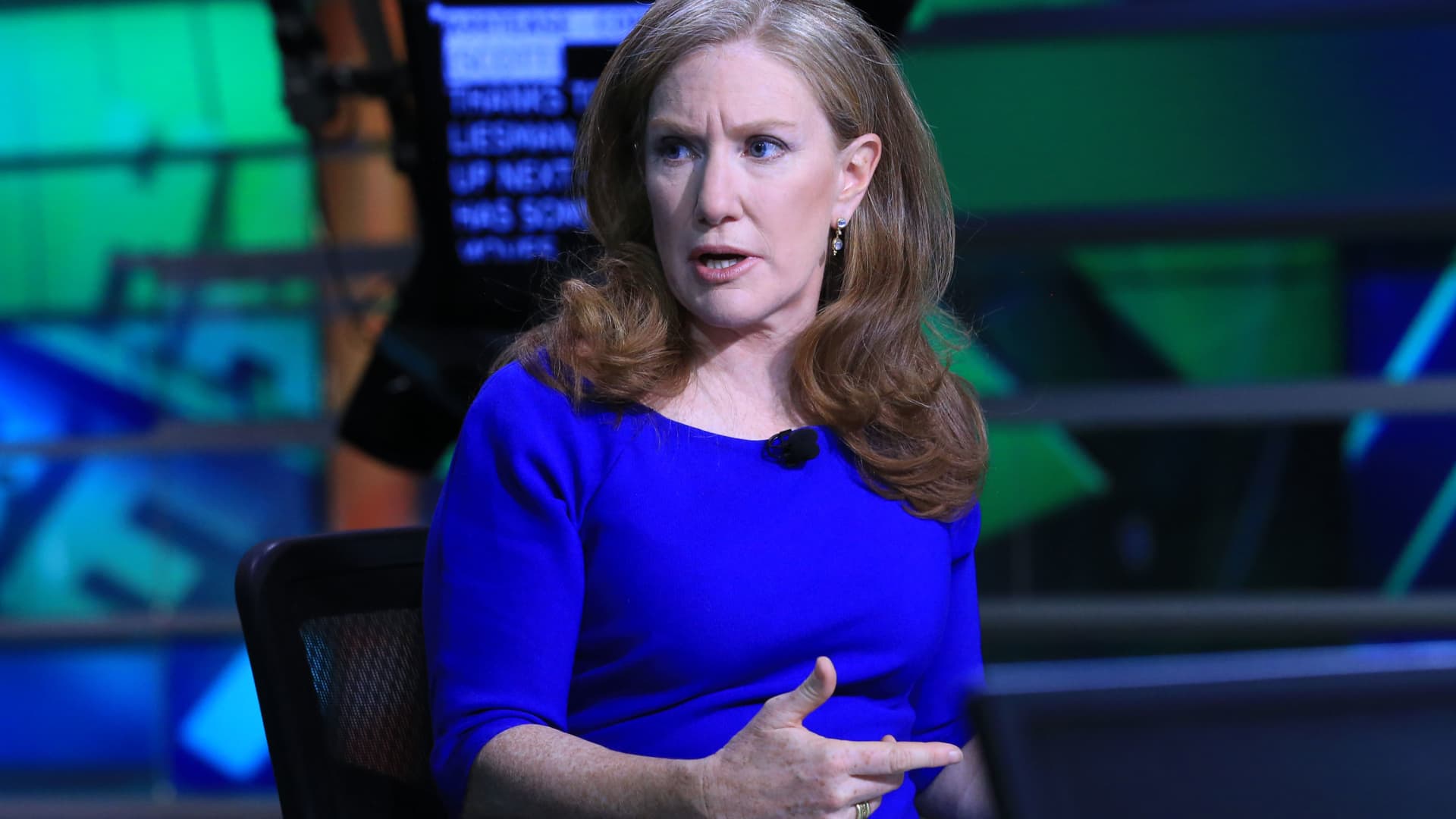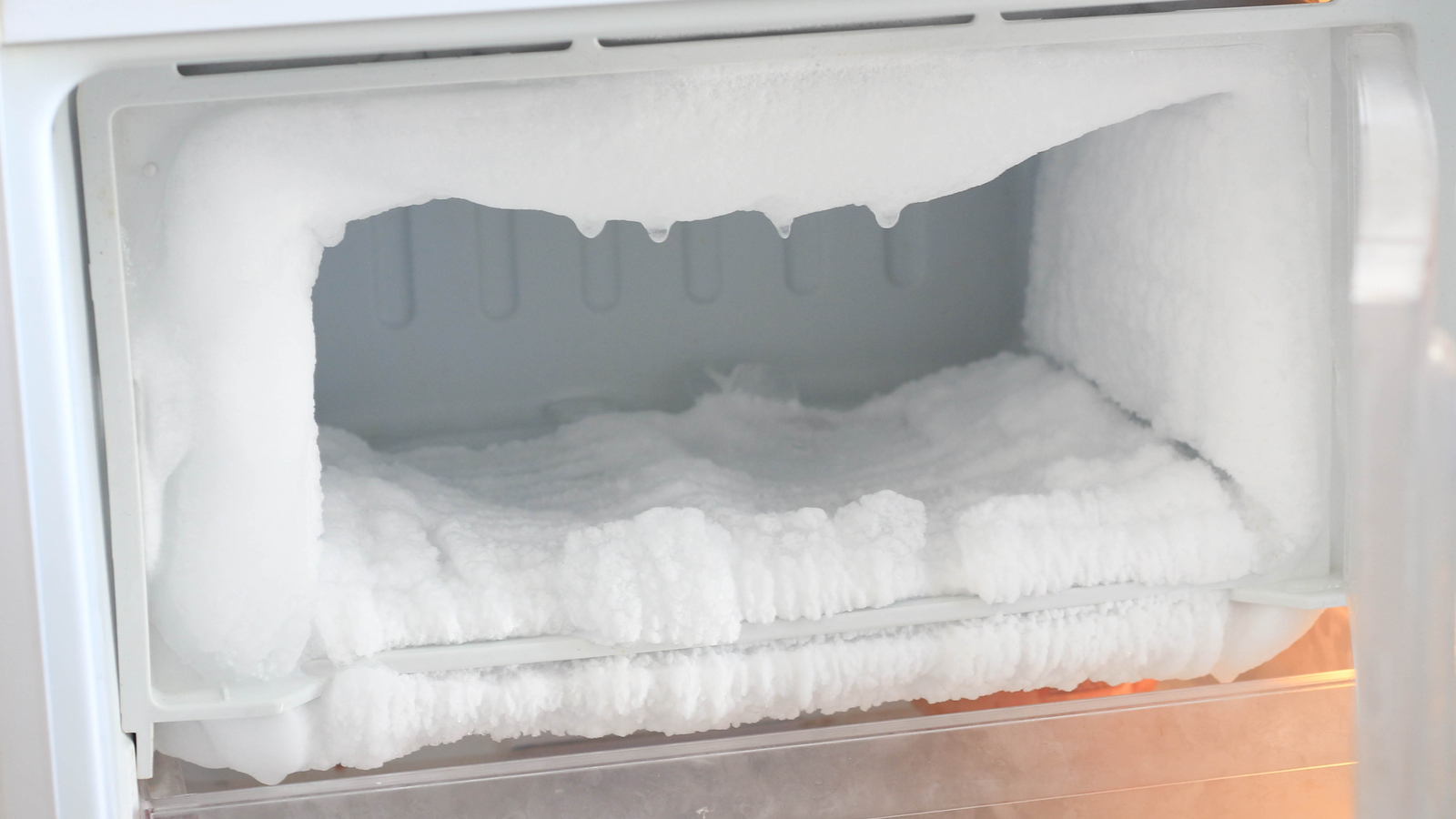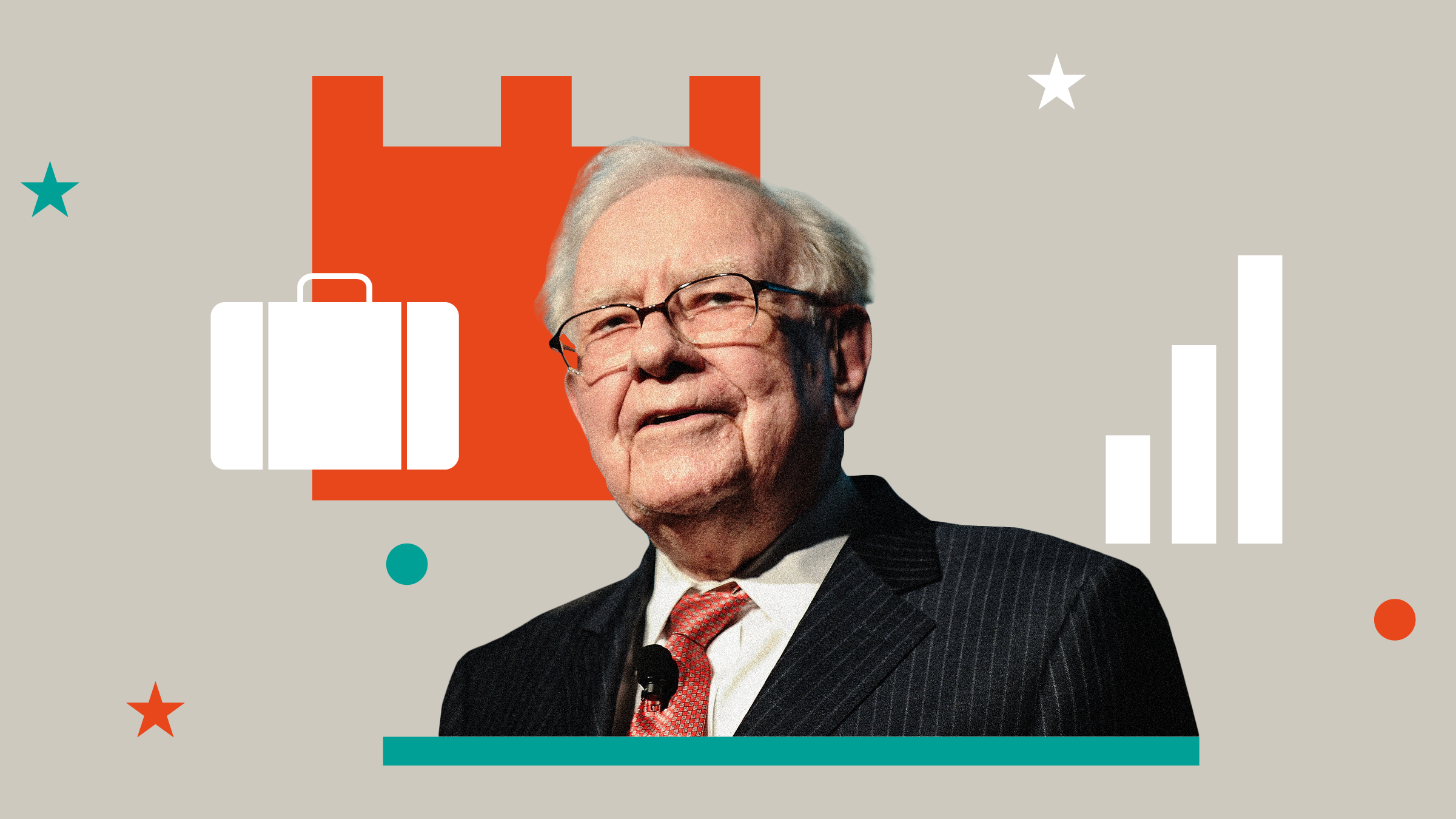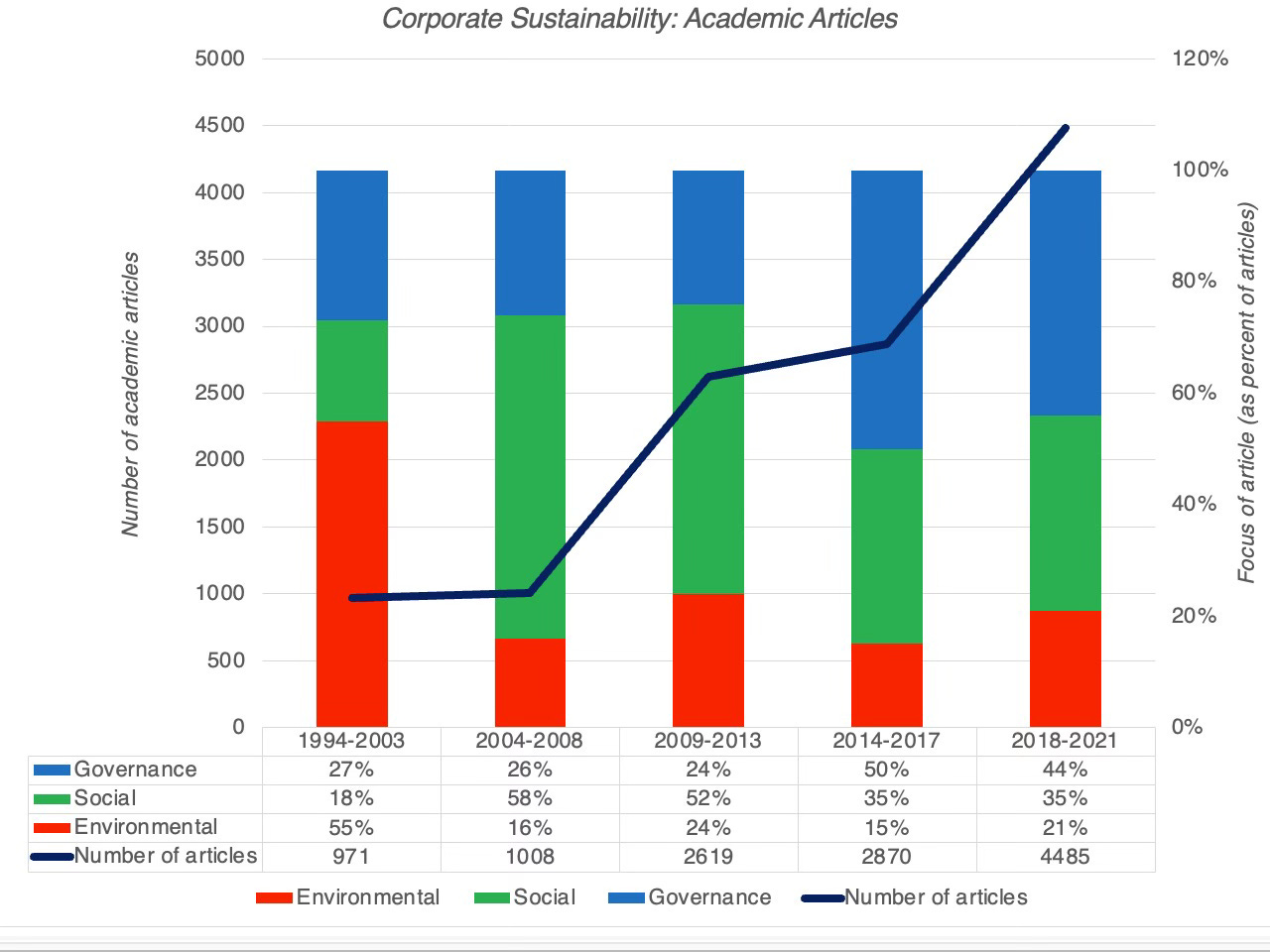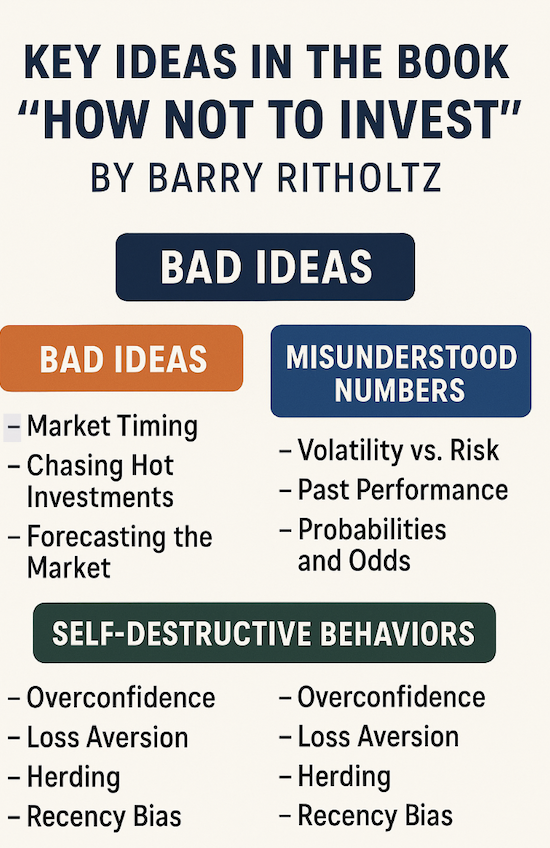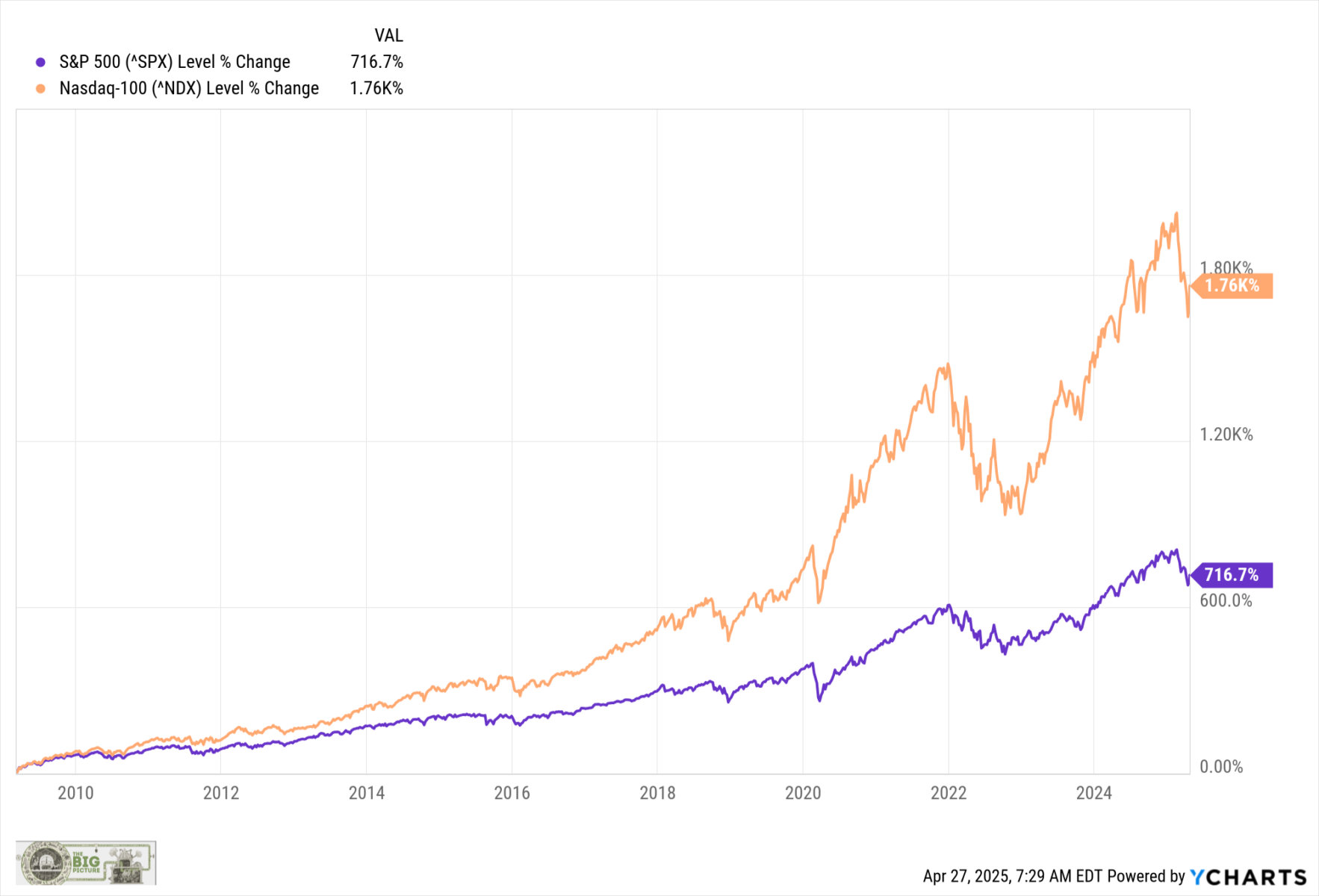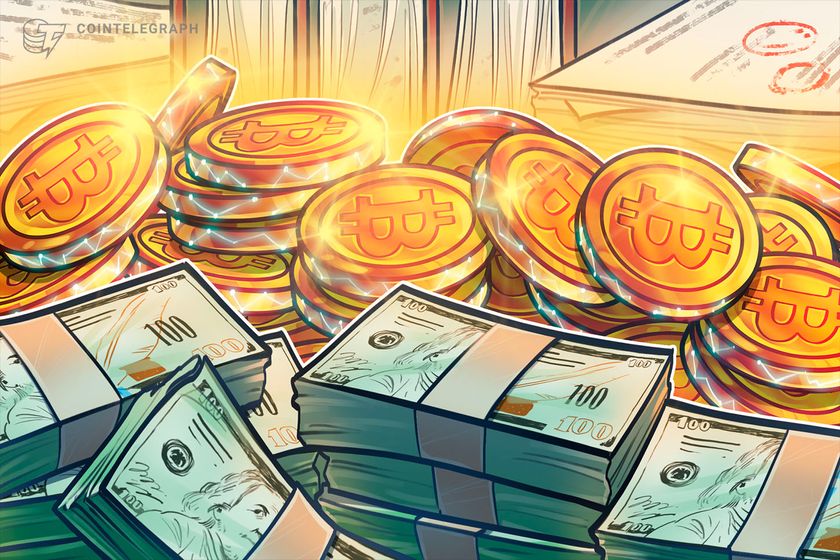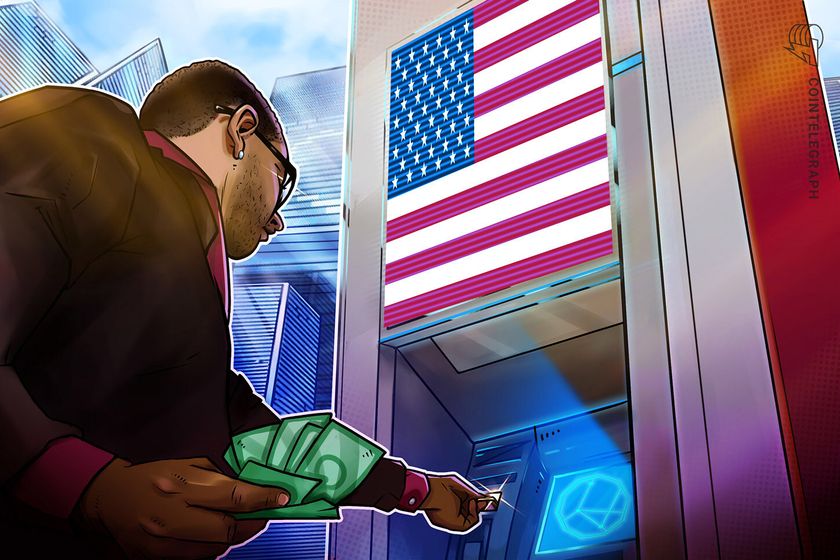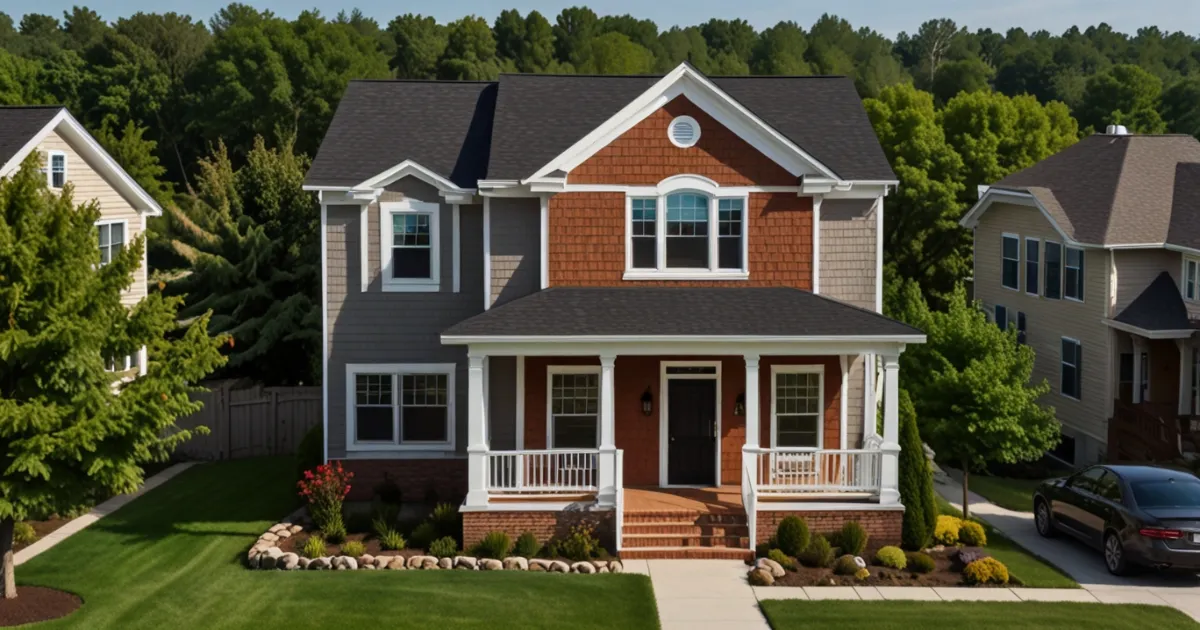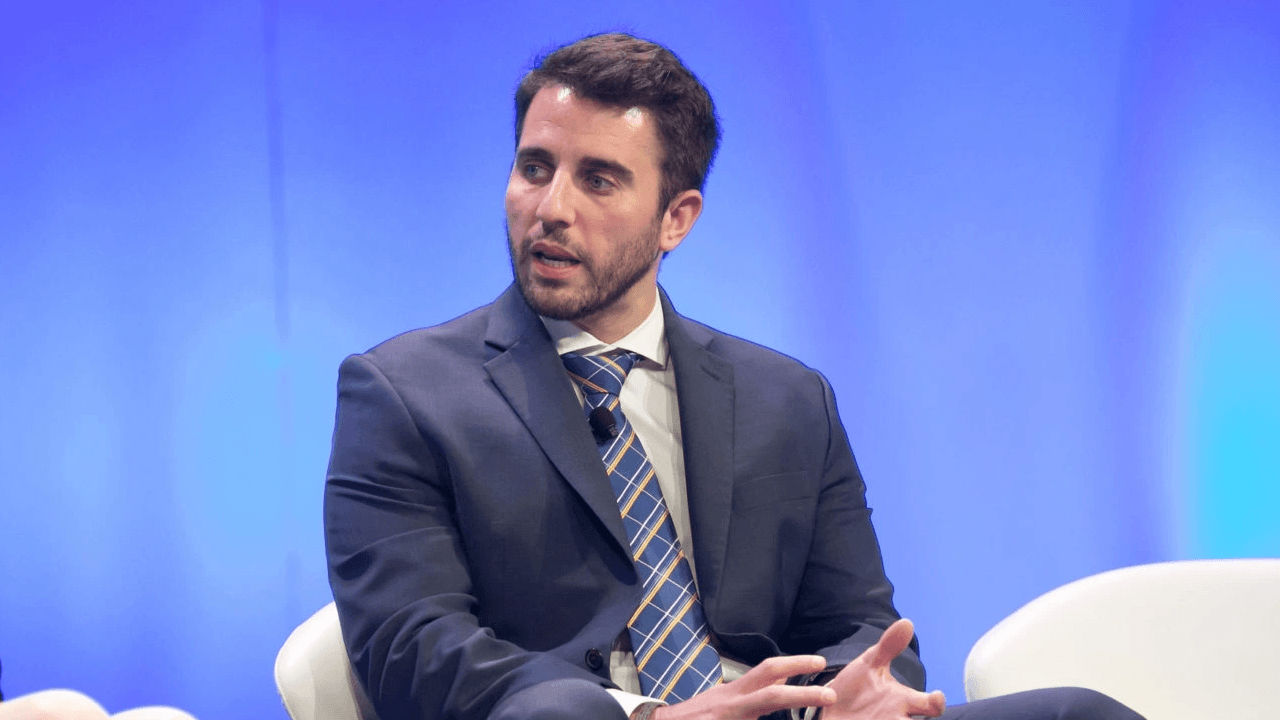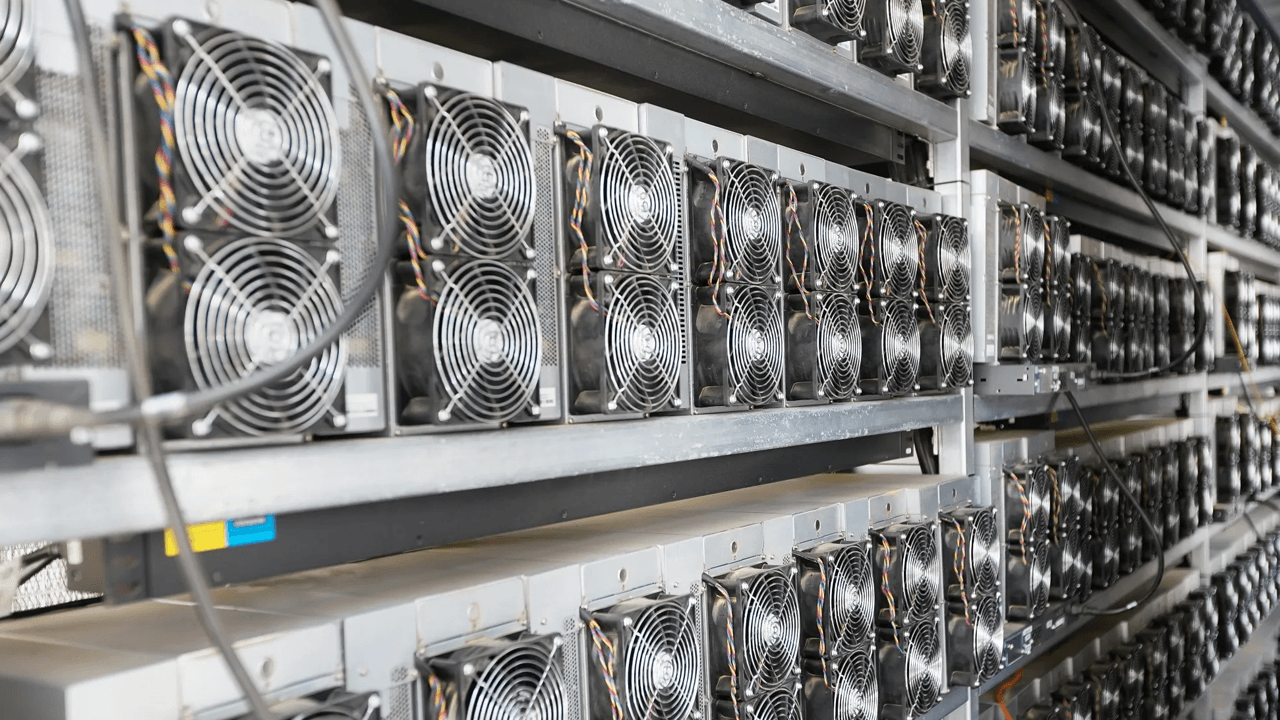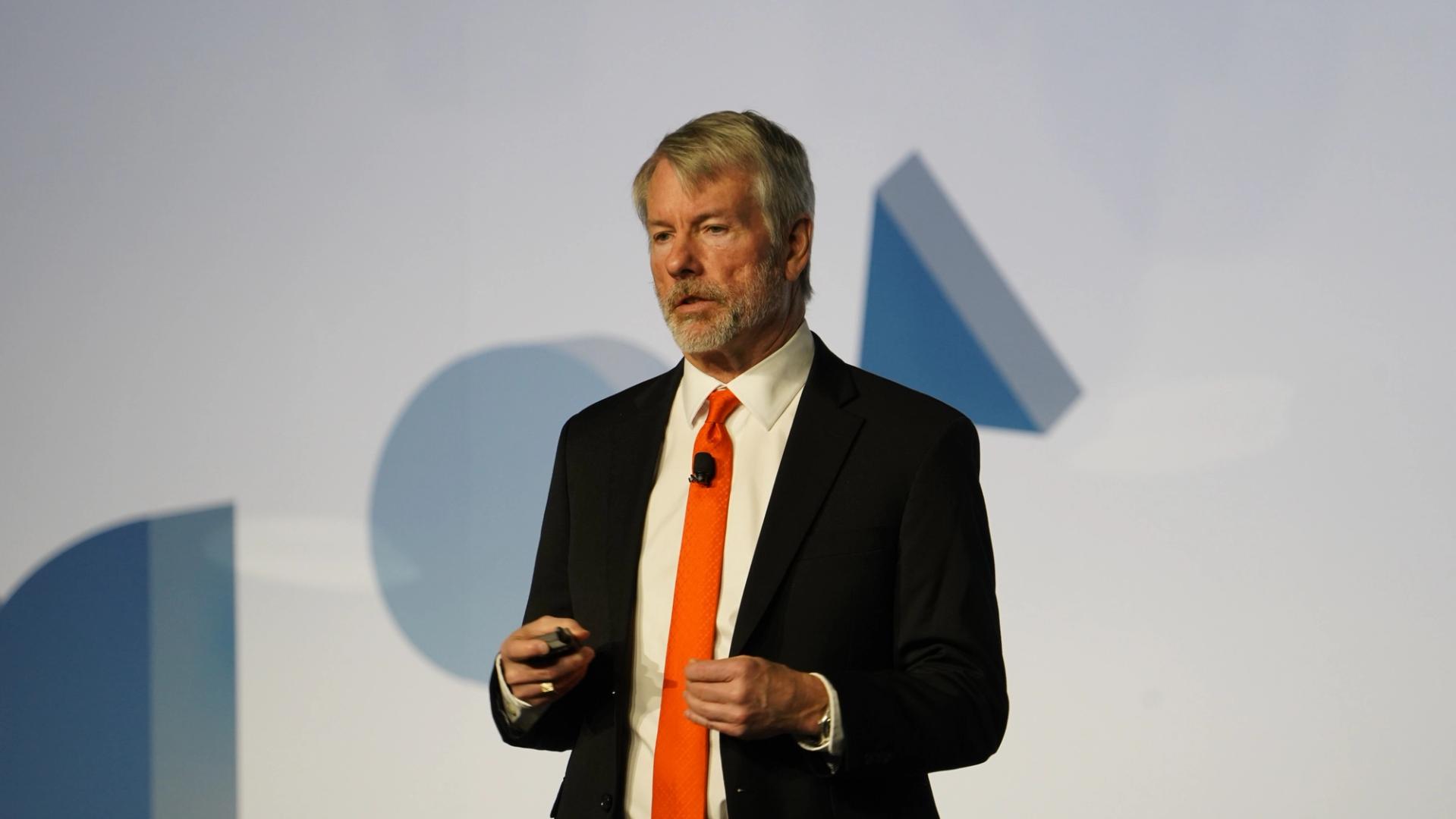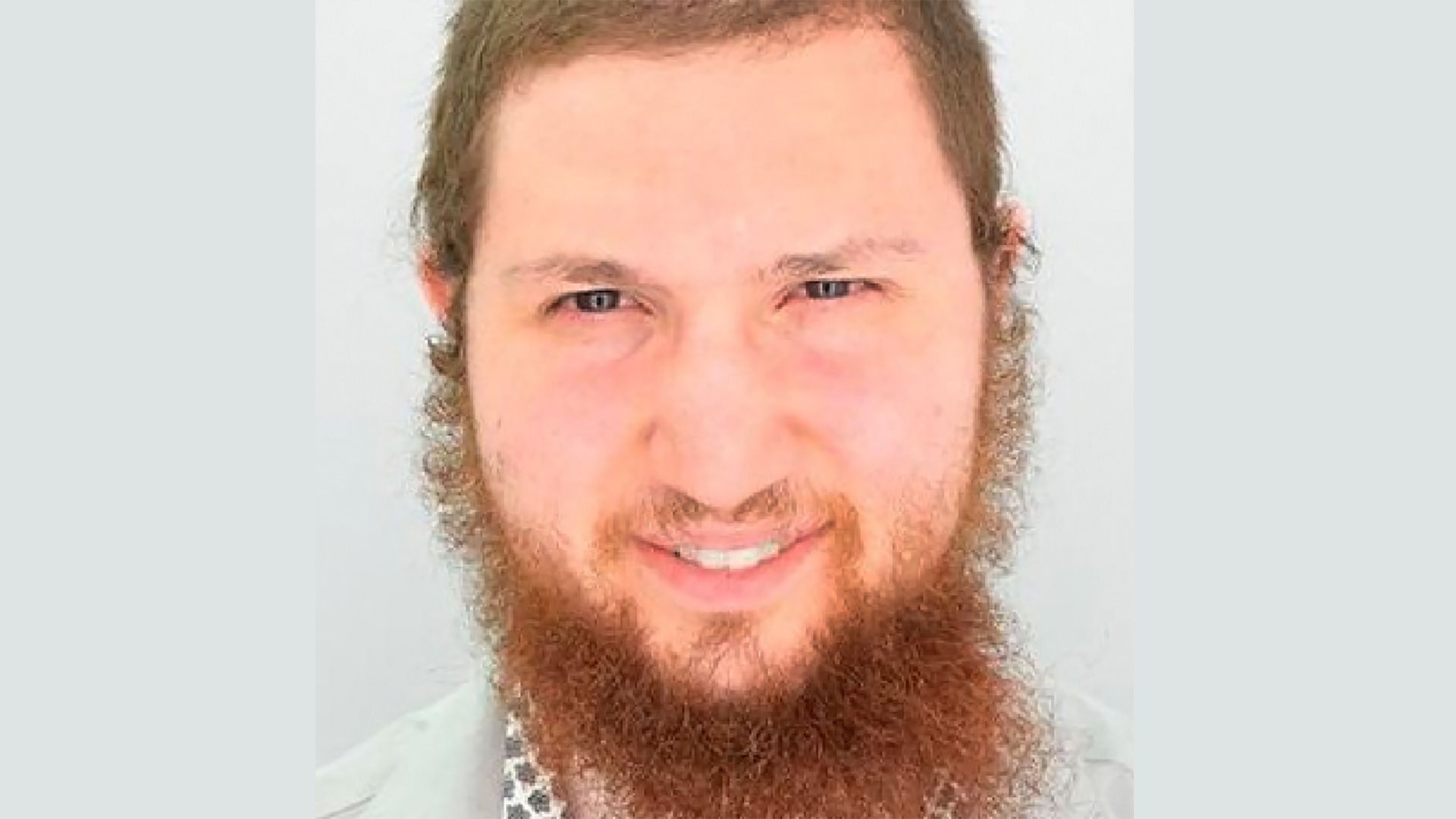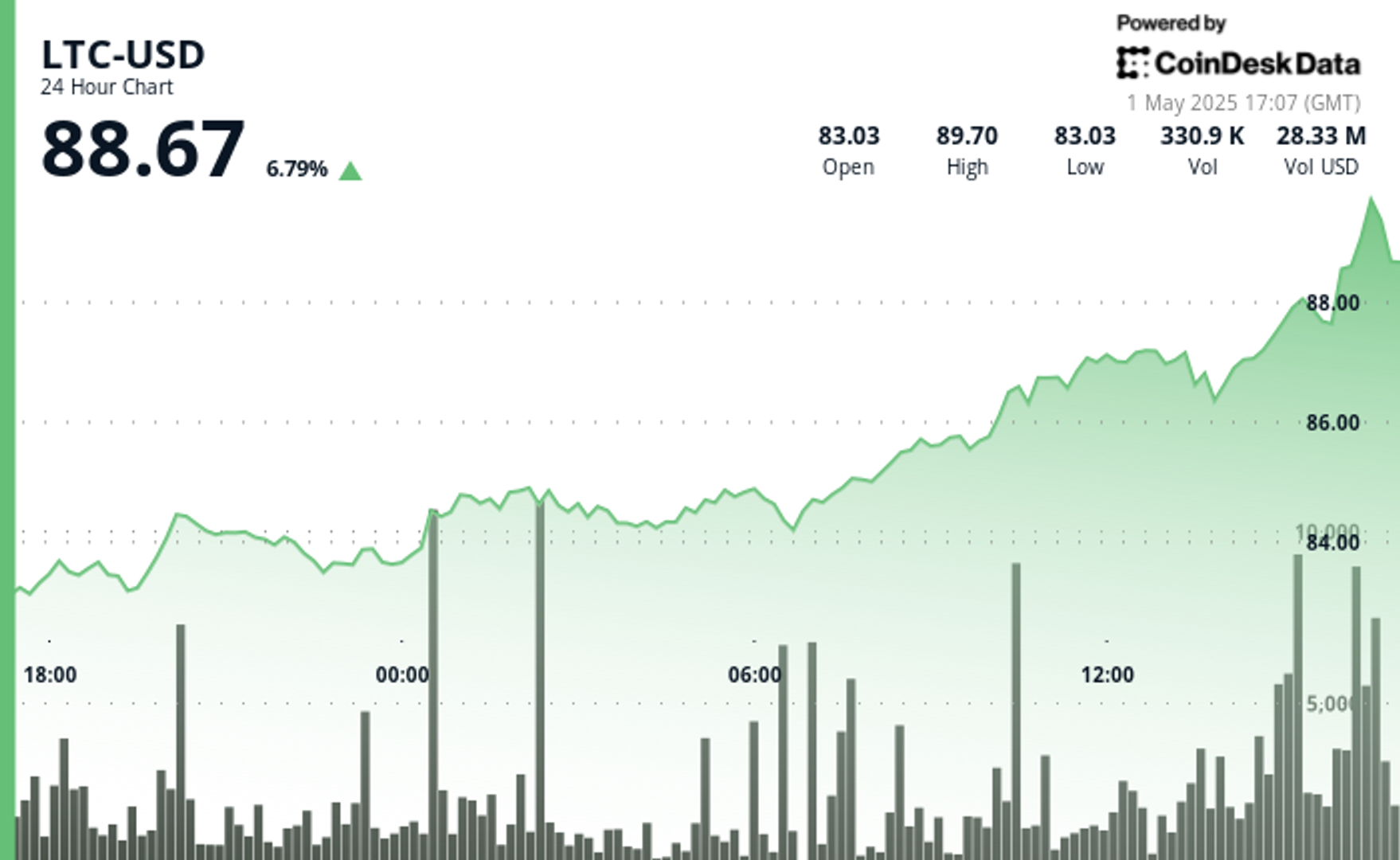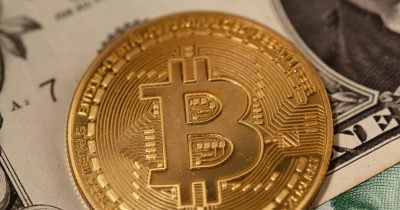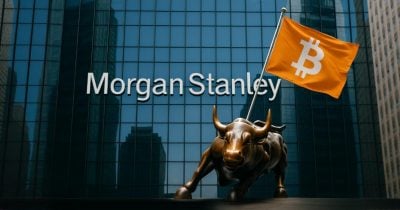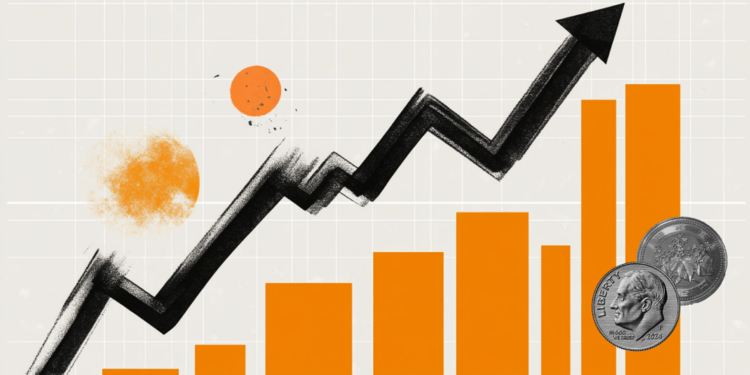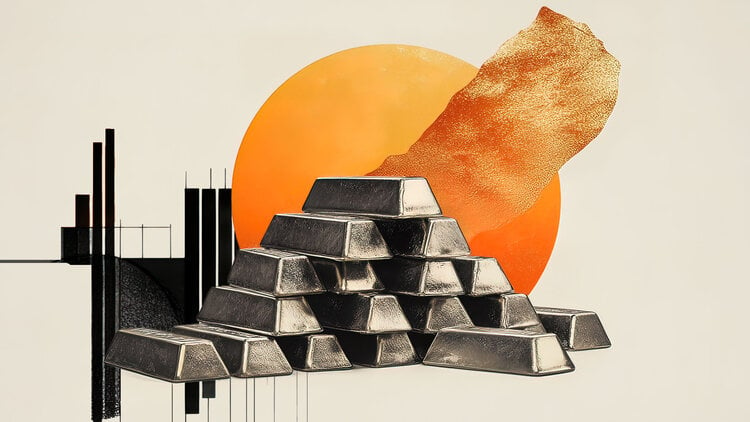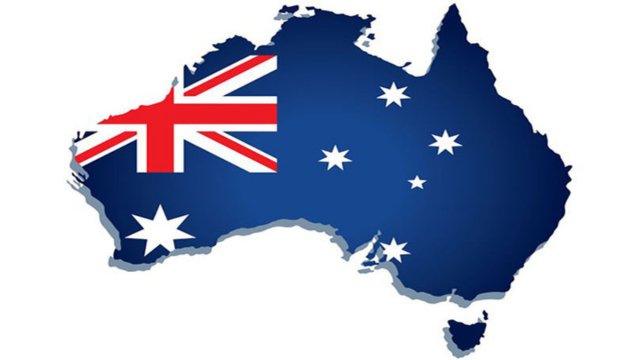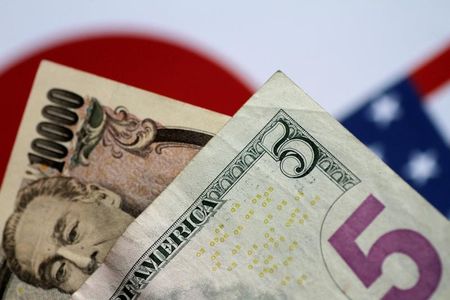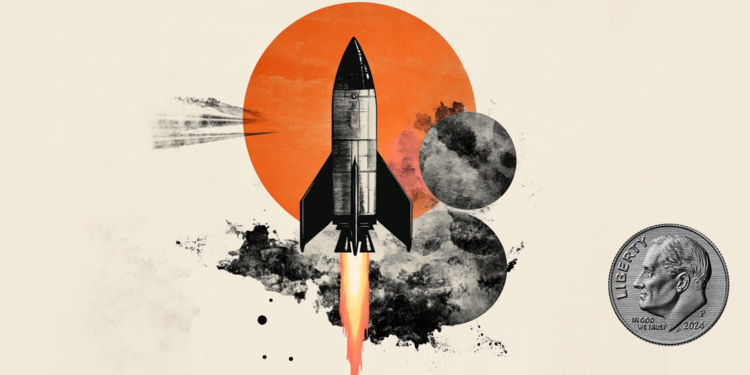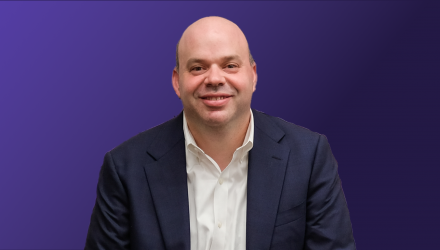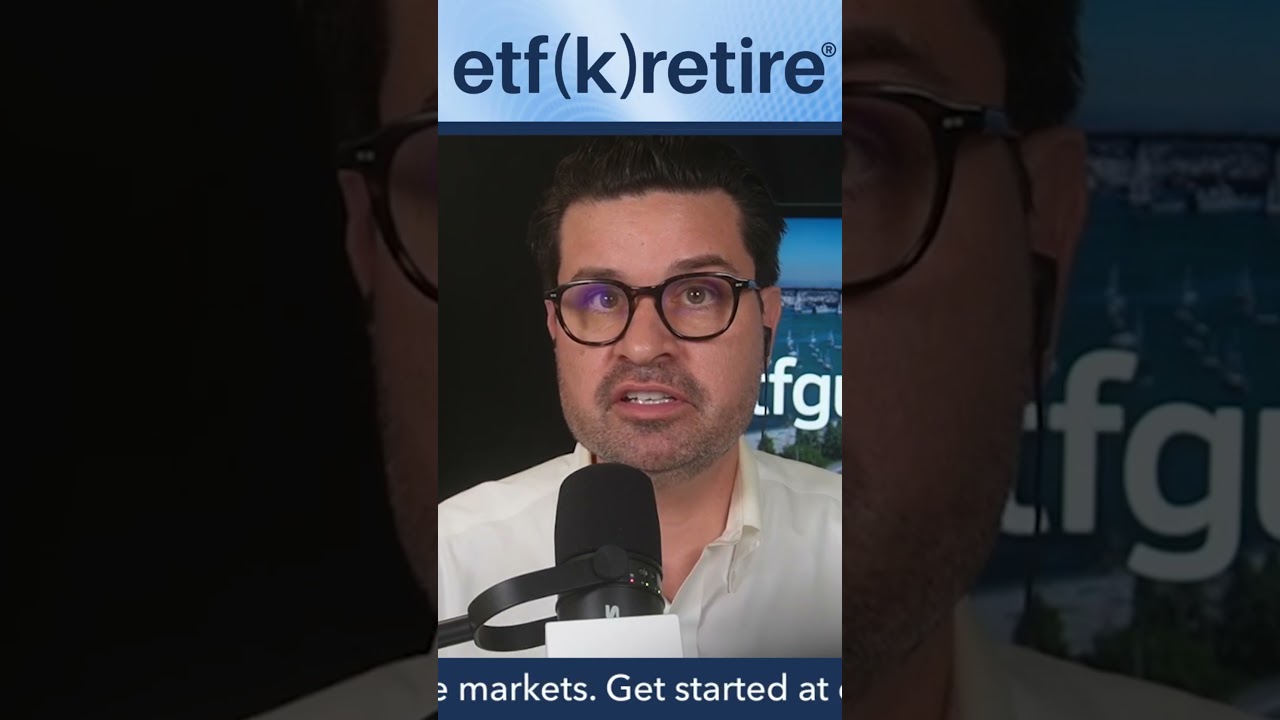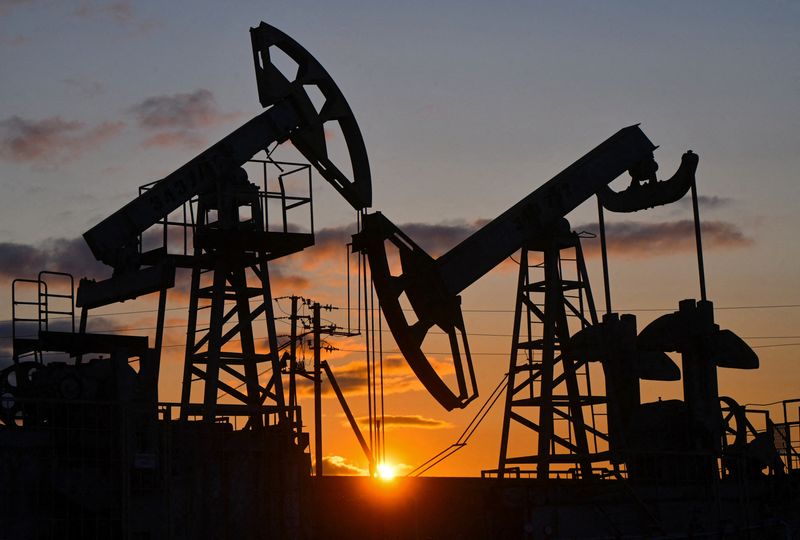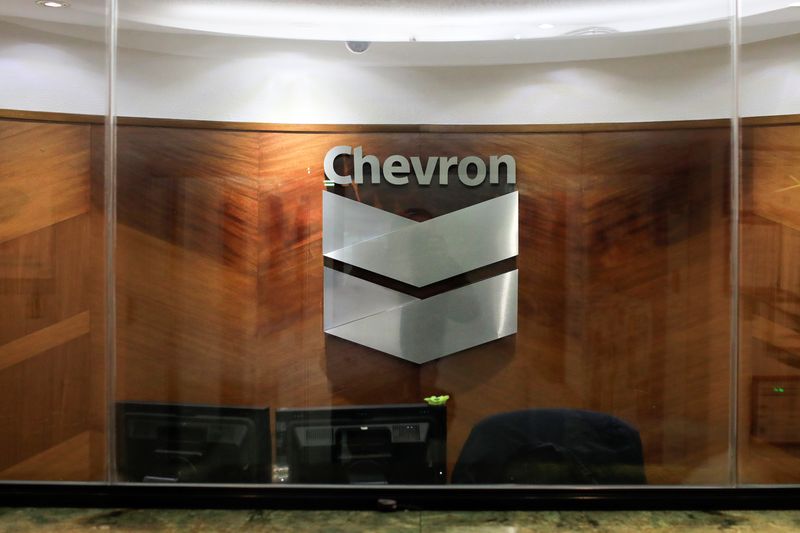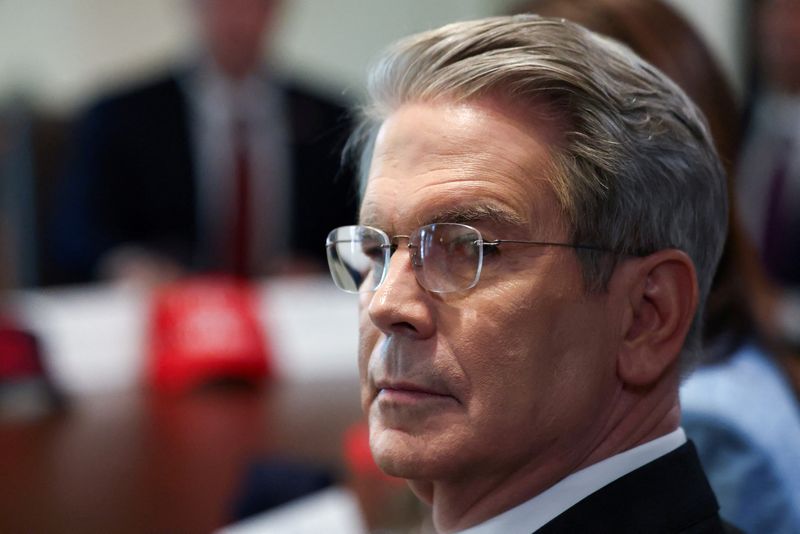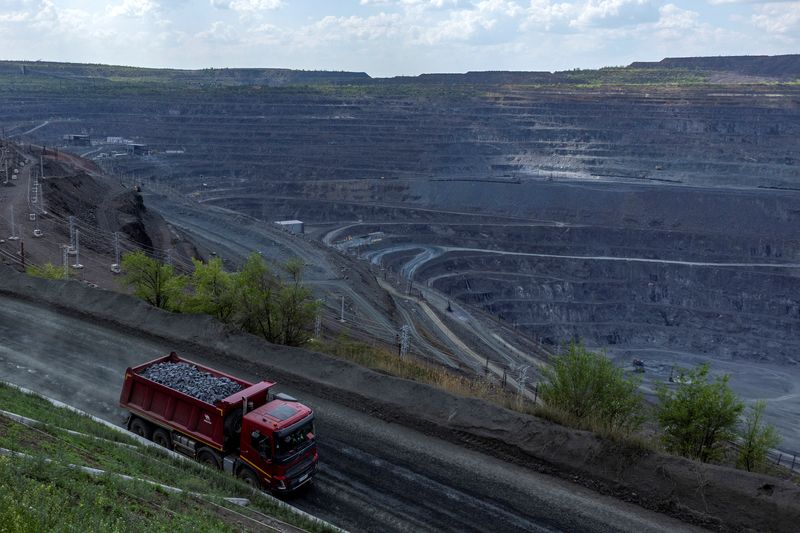Pope Francis could have been paid as much as the president, but instead gave his substantial salary away to the poor and needy
The pope also refused to live in the papal apartments or visit the papal summer residence.

- Pope Francis was known for his humble ways, which began when he joined the Jesuits in the 1950s. He signed away his possessions to the religious order and took a vow of poverty, which he tried hard to follow throughout the rest of his life. Francis donated his hefty salary to charity and refused the trappings of his office, like living in the hotel-like Casa Santa Marta instead of the papal apartments.
Pope Francis was known for rejecting the salary owed to him as the powerful leader of the Catholic Church, but were he to have accepted it he would have been paid just as much as the president.
The late Francis, born Jorge Mario Bergoglio, joined the Jesuits in the 1950s, and in doing so, took a vow of poverty. When he joined the largest of the religious orders in the Catholic Church, which also includes Franciscans and Dominicans, Francis had to sign over all his property and possessions to the order. To cover his living expenses, Francis received a small stipend.
For much of his life, Francis lived under a vow of poverty, and even when he rose to become the archbishop of Buenos Aires in the late ‘90s and was technically relieved of this obligation, Francis was known for cooking his own meals, taking public transportation, and living in a small apartment instead of the archbishop’s palace.
So it was no surprise that once he became pope, Francis rejected the lavish salary on par with the pay of the U.S. president at around 30,000 euros per month, said Daniel Rober, a professor of Catholic studies at Sacred Heart University. Instead, he opted to have the money donated to charity and others in need.
“He’s somebody who lived as a Jesuit for decades before becoming a bishop and continued to live in the style that he’s been accustomed to as a religious throughout the rest of his life,” Rober told Fortune.
As the conclave, which will pick the next pope, begins on May 7, it’s unclear whether the next pope will choose to accept the salary he is owed or not.
Unlike other popes such as John Paul II, who often took breaks to go skiing, Francis never took a vacation, Rober said. In August, when Rome empties as people take their holidays, Francis stayed put. He also never visited the hilltop Papal Palace of Castel Gandolfo overlooking Lake Albano, which is often used as a summer retreat for popes, Rober said. Instead, Francis opened the residence as a museum for tourists in 2016.
“He would get some criticism for this, even from people sympathetic to him, who would say, for his own health and well-being—and also to follow healthy workplace behaviors for other Catholics—maybe he should take a vacation now and then; that that might actually be healthy,” Rober said. “But he just didn’t see it that way.”
Even when he became the most powerful figure in the Catholic church, Francis spurned the trappings of the office, preferring to live in the Vatican guesthouse, the Casa Santa Marta, instead of the papal apartments.
During previous pontificates, access to the pope’s morning mass and the papal apartments was offered to big donors in a sort of pay-for-play situation facilitated by the pope’s handlers, Rober said, but that situation changed under Francis.
“By not living in the apartment and by living very simply in Casa Santa Marta, he kind of cut off that access that people had had under previous pontificates,” he said.
At the end of his life, despite his humble ways, Francis had accumulated a small sum of about 200,000 euros in his personal account, Rober said, and following his death he allocated the money to juvenile prisoners of Rome’s Casal del Marmo prison.
Even in death, Francis remained modest. His will stated he was to be buried not under St. Peter’s Basilica—built on top of the burial site of the original pope, Saint Peter, and where an estimated 140 other popes are buried—but in the Basilica of St. Mary Major, where he would pray before and after his official trips abroad.
“The tomb should be in the ground; simple, without particular ornamentation, bearing only the inscription: Franciscus,” Francis’s testament reads.
This story was originally featured on Fortune.com

